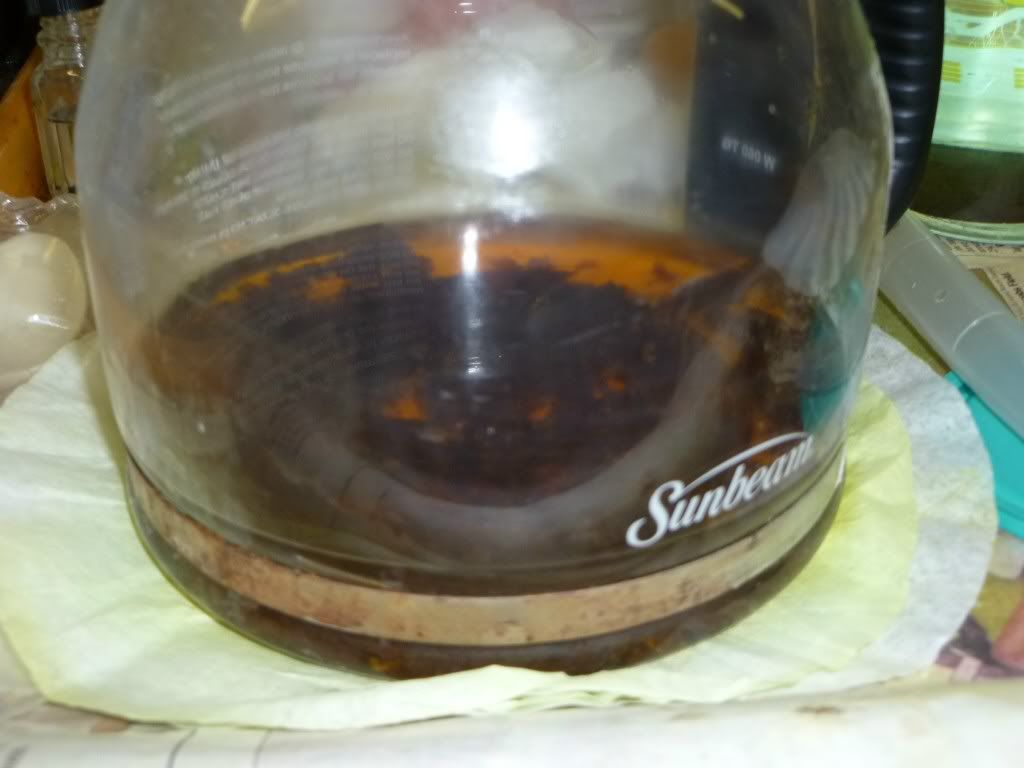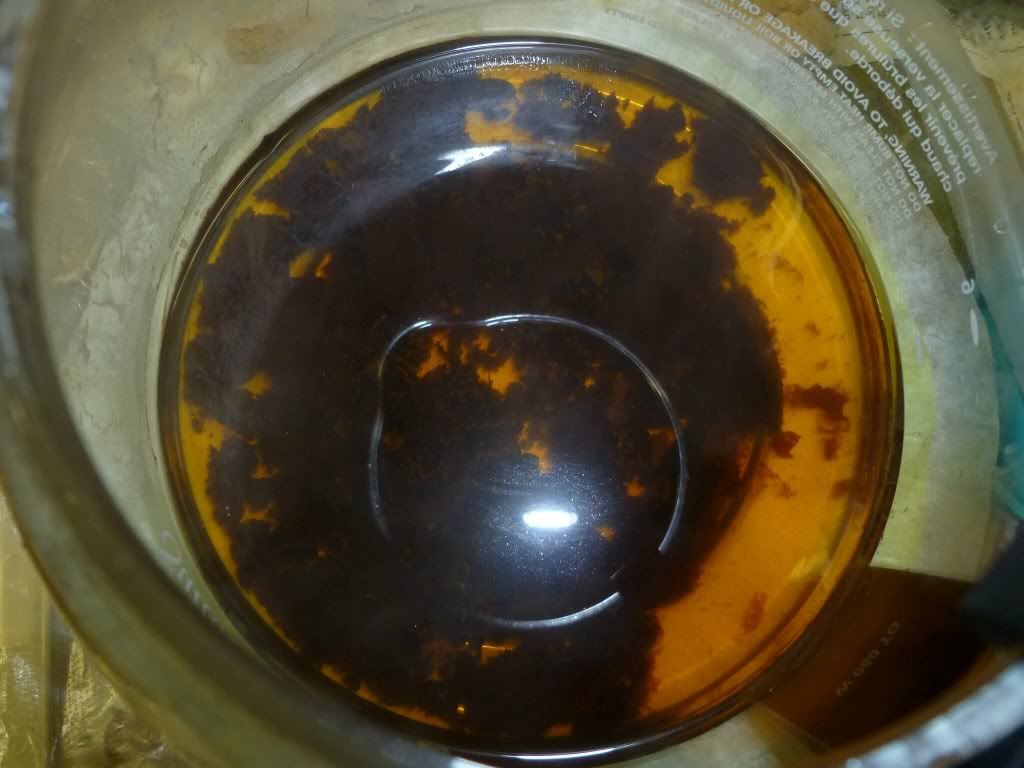maynman1751,
Just some things for you to think about.
You have dissolved a wide variety of metals, and may even have other things in this from the ash or plastic materials, so the colors and how the soup reacts may not be the same as if you are dissolving just copper and gold pins.
You tried to rid most of the base metals with acid peroxide solution before trying to dissolve the gold. A wise step now let me ask a couple of questions just to make you think.
Did all of these base metals dissolve in the acid peroxide process, if they did not my values may be plated back onto the metals that did not dissolve, then my values may not be in this solution, or maybe only a portion of them?
Could I have metals like iron making this red color, or who knows what other metal involved here would give funny colors to my solution.
Could I have maybe some organic, plastic, or ash or other, giving me some reaction I do not recognize?
I could Have a wide Varity of metals here base metals, and valuable metals, maybe even PGM metals, how do I find out if I have values here, testing of course, but could one metal in my solution effect the color of the stannous test for another metal?
maynman1751, I am not sure I will be much help but I will try.
The white powders can be many things like table salt NaCl from the bleach and acid, it could be lead chloride from the solder, or silver chloride if silver was there, could maybe be ash or some other nonmetal,
If you can separate the white powder try some of these, salt NaCl will dissolve in water easily, lead chloride is insoluble in cold water, but lead chloride will dissolve in boiling hot water. Silver chloride will not dissolve in hot or cold water, but silver chloride will make a complex with ammonia and dissolve (Caution do not let this solution dry it can be very dangerous), (adding HCl to the silver dissolved in ammonia solution will form white silver chloride (milk or powder) silver powder, and also make the solution safe again).
If the stannous chloride test looks black you may try and dilute it to see if it changes purple.
You could have other metals that react with stannous chloride test for gold like some platinum group giving you colors that are hard to read.
Make sure chlorine or other oxidizer like nitric if used is gone from the solution you are testing.
Try a spot plate, white tea cup or white spoon, add some of your solution few drops, add a crystal of ferrous sulfate look for a brown ring around the iron salt crystal (gold test) if brown ring there is gold, now let the gold precipitate in your spot plate or cup, take eye dropper and move solution to another cup, white spoon, or spot on spot plate, now that we removed the gold we will test this with stannous chloride to see if we get reaction for platinum or palladium,
I will not go into details but you can use this same method by separating say platinum from the palladium using a few crystals of ammonium chloride to precipitate the platinum (or sodium chlorate to remove palladium),
DMG would be a better test for Pd.
If all else fails cement values on copper and redo it.
Take a break from it and reading Hoke's book you may find your answer.
I hope this gives you some Idea’s








